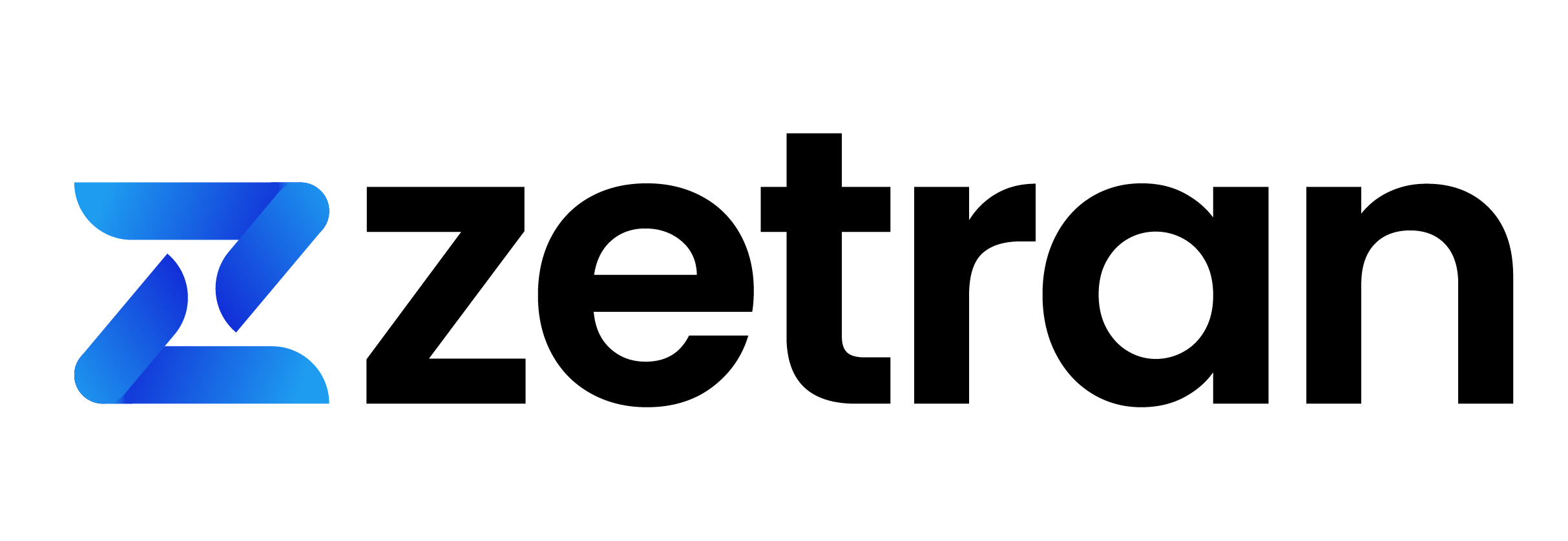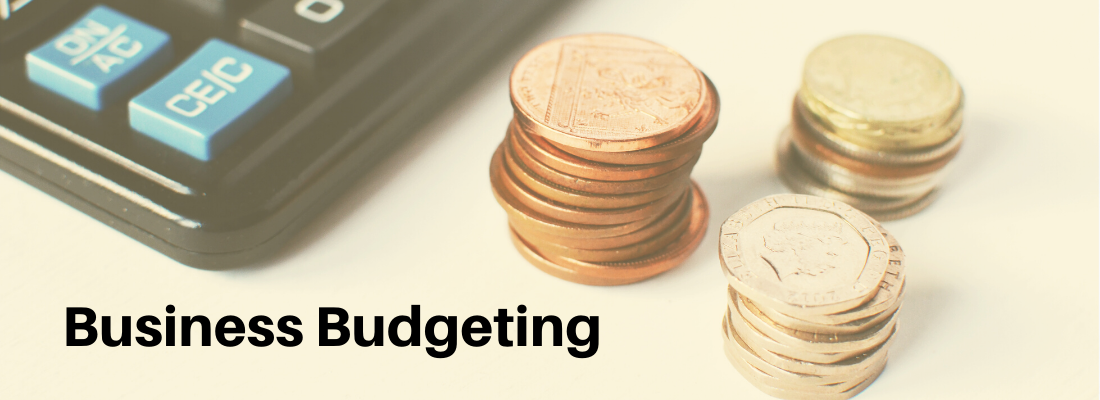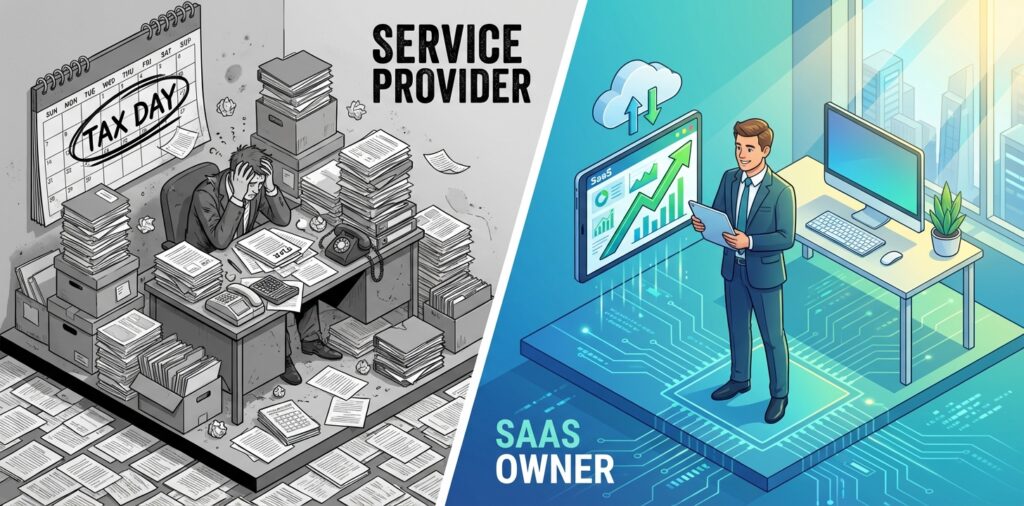You may have heard it many times to earn money, you need to invest some. And, when your business is in the early start-up phase, there would be many initial costs that oblige business owners to spend ahead of earning payments. So, it is imperative for a business owner to create a budget because it boosts financial capacity so they can afford the things needed to grow.
What is business budgeting?
A business budget outlines a financial blueprint for the future related to the dividends and costs of a business. But, a budget is far greater than just financial numbers. In simple terms, business budgeting is nothing but your business spending plan as per your company’s expenses and revenues. It calculates your holding capital, determines all types of your spending, and assists you to forecast revenues. With the right budgeting, a business can plan its activities accordingly and can make suitable business decisions.
What’s the importance of budgeting?
In business, financial budgeting is a snapshot of your business finance. It defines both your current financial status (holding both expense and income) and your long-term financial expenses. Because your business budgeting will play a vital role in creating the right financial decisions for your company. So, make sure that budgeting is your first task before moving to the other elements.
Business Budgeting will assist you in
#1 Finding unwanted spending
Once your budget and move on that path, you can easily witness where you are spending more and where you spend less. In that way, you can catch unwanted spending aspects and you can cut those to take your business in the right way. Finally, you will reach your profitability destination.
#2 Land funding to expand your business
If you are a business owner, who plans to take a business loan or might like to raise funds from investors, then without budgeting and a detailed budgeting document with both your expense and income, you can’t proceed to the next level.
#3 Make good financial decisions
In most companies, business budgeting will act as a financial road map. It assists you to calculate your business financial status – currently where it is and when you want to reach your financial goals in the upcoming days.
Steps to create your business budgeting
Here are the simple steps for small business budgeting.
Step 1: Keep Score of Income from all sources
When you start building your business budgeting, first you need to compute, how much cash your business gives you every month and know where that cash is coming from.
Your sales report will be a great place to start. From this point, you can include other business income resources for the whole month. The Sum of all your income sources is based on the model of your business.
For example, let us consider as Mr.X is running a freelance writing business. From this business, he might have a variety of sources for his business income.
- Writing projects
- Conferring with other writers who have begun their small business
- A writing course that you sell on your website
Else, if Mr.X operates a retail business – a brick-mortar retail business, he could have only one income source, which is from his store sales. So, you may have various sources of income based on your business, ensure that you have added all types of income which flow for your business. Later, compute all the added sources to get the right monthly income as a whole.
Step 2: Analyze the Fixed Costs
Once you have a clear picture of your business income, it’s time to jump to the next step, which is cost.
Firstly the fixed cost. The business’s fixed costs are the types of costs that remain the same every month. Some of the fixed costs are – office rent, payroll costs, website costing, subscription costs, any type of utility, and so on.
Now, study your business expenses (Do this either using the respective bank statement or mybooks reports). Now can become to a conclusion that what type of expense remains constant. So these are the list of cost which is going to stay as a fixed cost in your business budgeting. Once all of them are gathered, add them together to obtain the total fixed cost for a month in your business.
If you are a business owner, who started now and has no data, then go for projected cost. Example – If you are a business owner, who has signed for lease for the office space, you can utilize the monthly rent that you will spend going forward.
Step 3: Take account of variable expenses
Unlike fixed cost, variable cost is the one which keeps on varying every month as per the performance and activity of the company. Some of the variable cost includes – the cost of shipping, utilities based on usage (post-paid phone bill, gas, electricity, and so on), travel cost, or sales cost.
In simple and as discussed above, variable cost is the type of cost that will change every month. When you find more profit in your business, than the expected one, then you can invest in the variable costs which assist businesses to rank better.
But when you find the profit less than the expected one, think about cutting the variable cost until you own the expected or better profit. At the month end, make sure that you have tallied all your variable expenses.
Overall, when you follow your business performance for certain months, you can get a better idea about the variable cost and this will guide you to reach accurate business budgeting and financial projections.
Step 4: Predict One-Time Spendings
Similar to fices to variable cost, as the monthly business expense, for business budgeting, there is the 3rd important expense called one-time spending. This part is the one that happens less frequently. Mostly, the one-time spending will be higher when you start the business initially. And this spending goes to the next huge stage of spending when you grow your business.
Make sure that one-time spending is also a type of expense. So add these expenses to your business budgeting. Some of the one-time expenses include – laptops, tables, and so on. When you add these one-time expenses to your budgeting, it will help you to save your business from an impulsive financial burden.
While you adding your on-time expenses to your budget bucket, make sure to include a buffer, which will help you to cover the sudden or unplanned expenses or purchases. In this way, you will always be prepared when you have unplanned expenses.
Step 5: Combine it all together
The first four steps of the post feature the aspects of a decent business budget. So what’s next? The last step in business budgeting is combining all the above four steps and pulling those data to get a standard monthly budget.
The perfect business budgeting must tally the total expense and income (which is nothing but adding the sum of all fixed, variable, and one-time costs). Next, compare the income and expense to estimate the overall business profit.
Example for small business budgeting
Thinking about what the business budgeting will look like? No worries, here is the list for business budgeting for a single month to give you a clear idea.
From step 1 – Income
Hourly earning from client X – $5000
Hourly earning from client Y – $6000
Hourly earnings from client Z – $7000
Earnings related to product sales – $4000
Loans- $1000
Savings – $4000
Investment Income – $1200
Total Income: $28,200
Expenses:
From step 2: FIXED COSTS
Rent: $2,000
Internet: $100
Payroll costs: $6000
Cell phone: $100
Legal services: $200
Accounting services: $200
Website hosting: $100
Insurance: $100
Government and bank fees: $50
Total Fixed Costs: $6,850
From step 2: Variable Cost
Sales commissions: $1000
Contractor wages: $600
Water bill: $235
Printing services: $250
Digital advertising costs: $800
Electricity bill: $145
Gas bill: $55
Raw materials: $180
Transportation: $70
Travel and events: $0
Total Variable Expenses: $3335
From step 3: One-Time Spends
Office supplements for a new location: $250
Office furniture: $500
New time tracking software: $450
Client gifts: $90
December business retreat: $950
Total One-Time Spends: $2240
Total Expenses = Total fixed cost + Total Variable cost + Total one-time cost
So, Total cost = $12,425
Then,
Total Income ($28,200) – Total Expenses ( $12,425) = Total Net Income ($15,775)
The above process will give you a clear picture of your business with the profitably per month. So, with this, you can make the right business decision, to take your business a long way.
Simple Business Budgeting Software
Sometimes you may feel this manual process is time-consuming and may reduce your business productivity. Using the right budgeting and forecasting software for your business will help you to save time with more additional features. myplan is one of the best small business budgeting and forecasting software that helps your business to take the right business decisions.
Business Budgeting | FAQs
Why do businesses need budgeting?
A business that outlines short and long-term goals by establishing a thorough plan can build a road map for a successful business and open opportunities to expand. Similar to a household, a business has a few debt obligations and expenses. For example, the inability to meet payroll means employees will look for another job. A venture which is unaware of the cash flow is in no position to expand, seize investment opportunities or commit long-term to suppliers or clients.
Often in a startup, there is limited information to create an intelligent budget for a year. Business owners can start by pursuing monthly budgets and further moving to quarters. Once finances have been established business owners can pursue by building intelligent yearly budgets.
Does every business need a budget?
In general, business budgeting is one of the important components to take your financial state to the next stage. With proper budgeting and realistic information, a business can handle unexpected financial challenges and can make the right business decisions. The appropriate budget creation will assist your business to determine available capital, anticipated revenues, and estimated expenditure.
What happens if you don’t budget?
If you are a business owner and running your business without budgeting, then you may face some of the consequences such as – lower financial security, the likelihood of moving to higher debt, lack of savings, no control over spending, and may also lead to business financial stress.
Related Article:
Business budgeting Vs. Financial forecasting
Though budgeting and forecasting often come together, their concepts are different from each other. Both are not similar in their characteristics. Read More
Types of Business Budgeting
Here are the types of business budgets used commonly. Every business can follow these different types of budgets to take their business to grow. Read more
Significance of Small Business Financial Planning
Without a financial plan, it will be a hard task to convince an investor, creditors, and bankers to have a meeting with you. Read More






